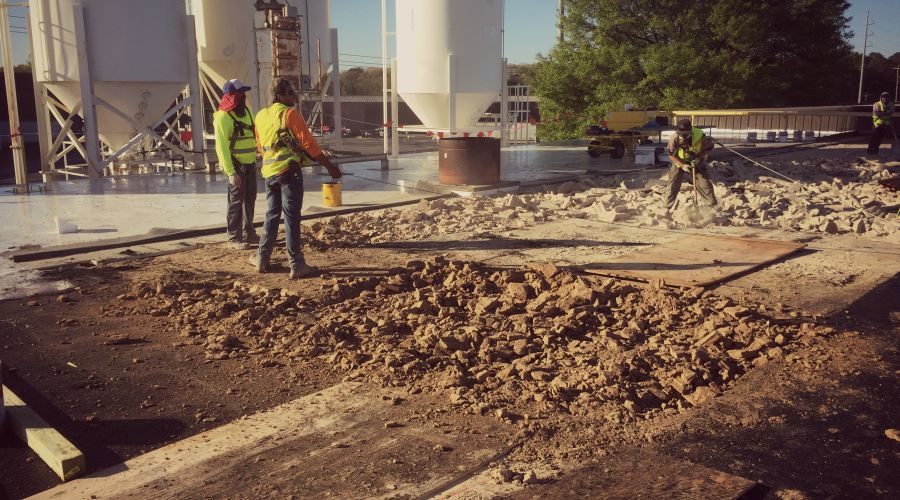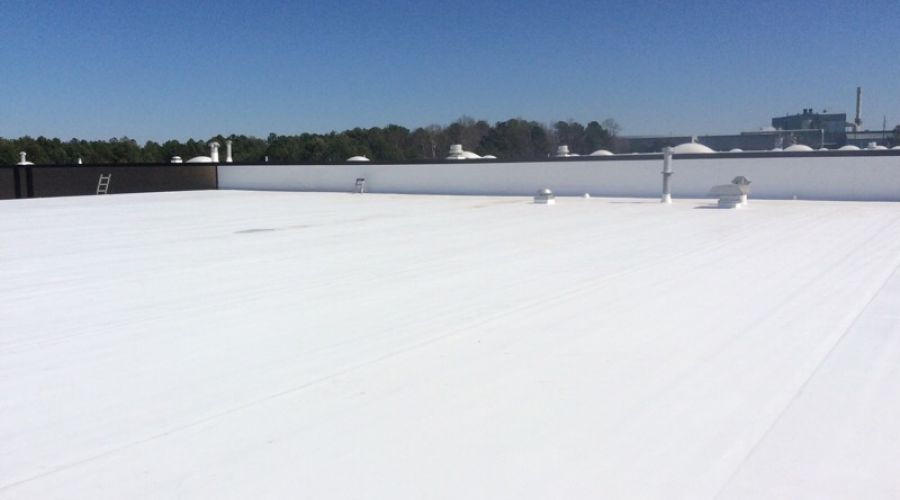
Elastomeric Coatings
Various materials used for roof surfacing, maintenance or repair, weatherability, reflectivity, ultraviolet light protection or aesthetics to enhance the performance or weathertight integrity of the installed roof system.
Elastomeric roof coatings are synthetic rubber treatments that can be applied to single-ply, metal, built-up, or modified bitumen roofs to improve their performance and extend their longevity by as much as five to ten years. An elastomeric coating cannot, however, function as a roof on its own.
Roof coatings are meant to weatherproof the underlying substrates, but not to sustain foot or vehicle traffic, nor to protect any membranes from equipment or impact on the surface. As a supplement to a strong roofing system, these elastomeric coatings will give new life to your existing roof for a fraction of the time and money involved with full installation and repair.
BENEFITS
Roofs coated with elastomeric seals are much more resistant to heat, rain, dust, dirt, and wind. This added insurance means a much lower risk of damage to your underlying roof and the building it protects.
The heat resistance in particular also means potential LEED and Energy Star advantages while significantly reducing cooling costs and stress on your HVAC system. These coatings are able to reflect heat both because of material and color. Fortunately, they are also flexible and durable, standing up to wear and tear from sun exposure over time.
A cooler building means improved comfort and safety, but you may even qualify for a business tax incentive for cutting energy costs. You accountant should be able to determine whether an elastomeric coating would provide such an advantage.
Elastomeric coatings, while providing an enormous amount of protection, do not add significant weight to a roof. Because of this lightweight property, an elastomeric coating is never a threat to your building’s structure.
INSTALLATION
Elastomeric coating is typically applied by spraying it in liquid form over a few feet of the roof’s surface at a time. Overlapping layers then dry to form a single membrane of impervious but flexible material.
Because very little equipment and labor is required, the seal can be added to a roof very quickly at an exceptionally low price point. An elastomeric coating becomes functional almost immediately after application because of its short drying time.
To Get Started With Your Free Inspection, Call 770-248-5787 or email us.
Our Other Roofing Systems

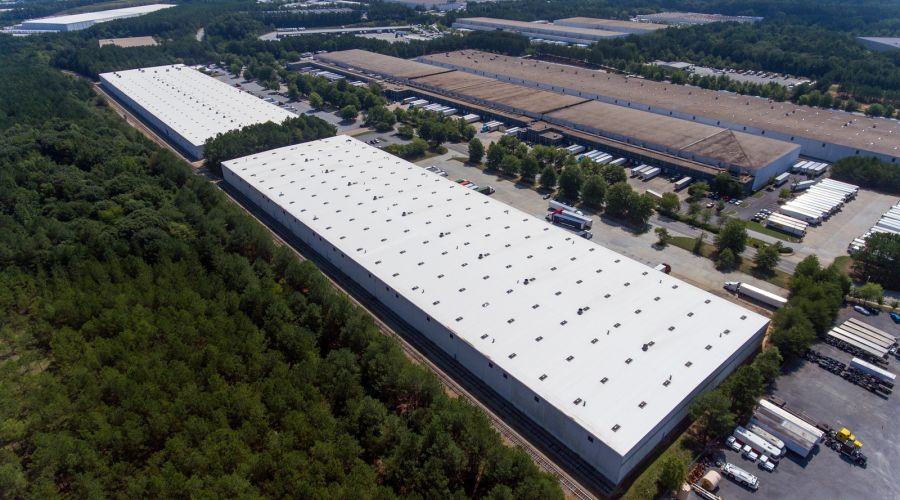
Thermoplastic TPO
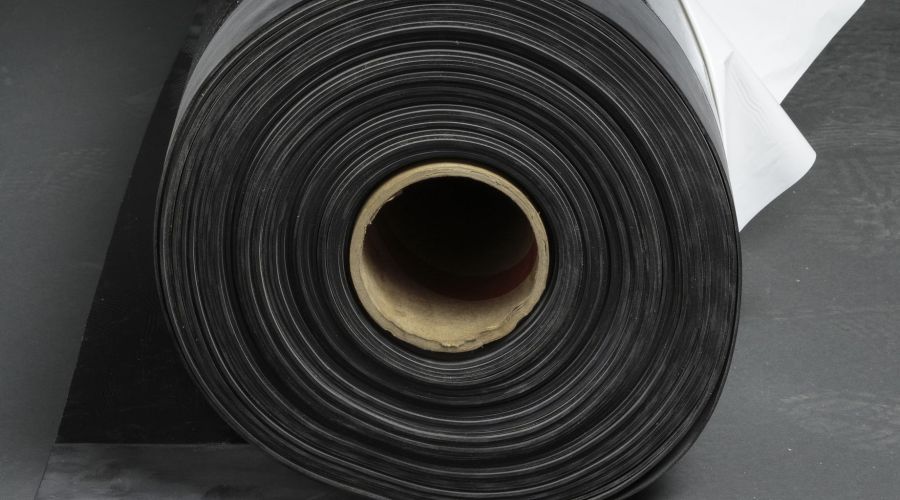
EPDM
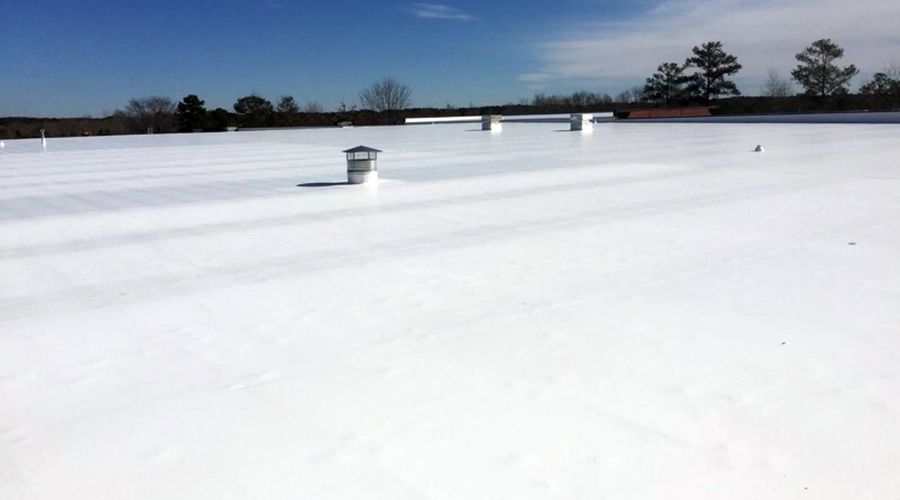
Thermoplastic PVC
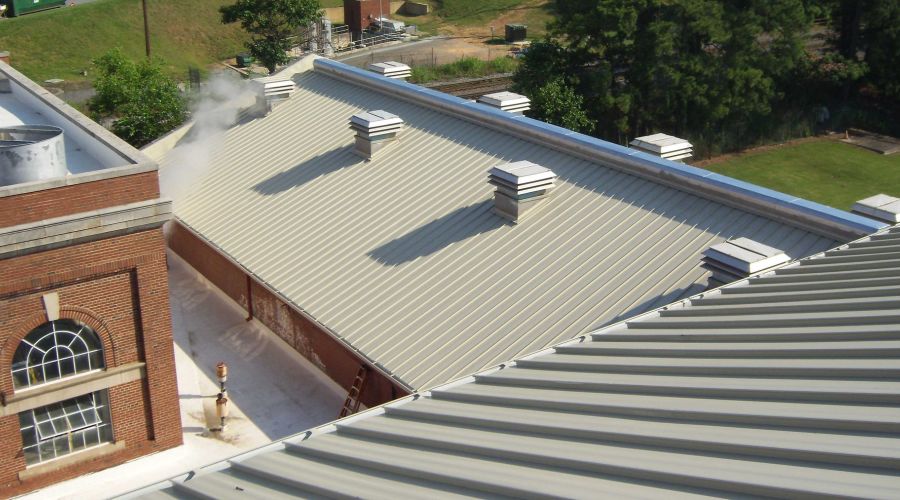
Metal Roofs
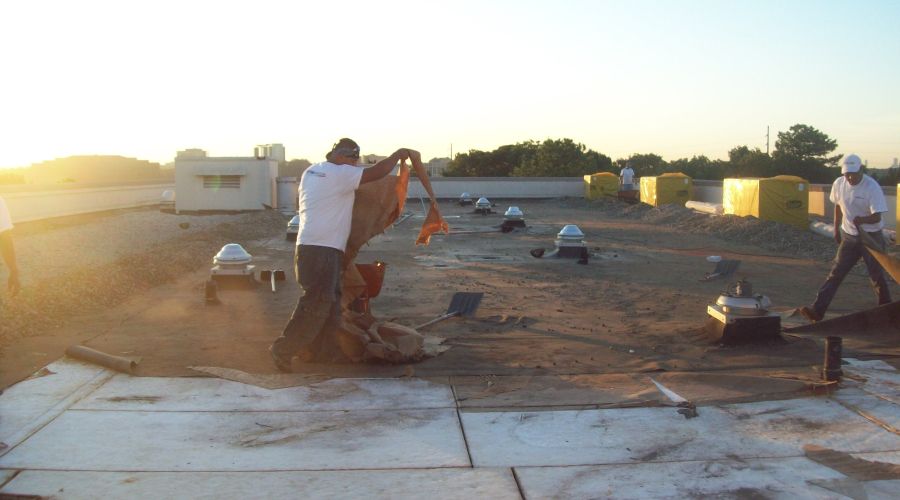
Modified Bitumen
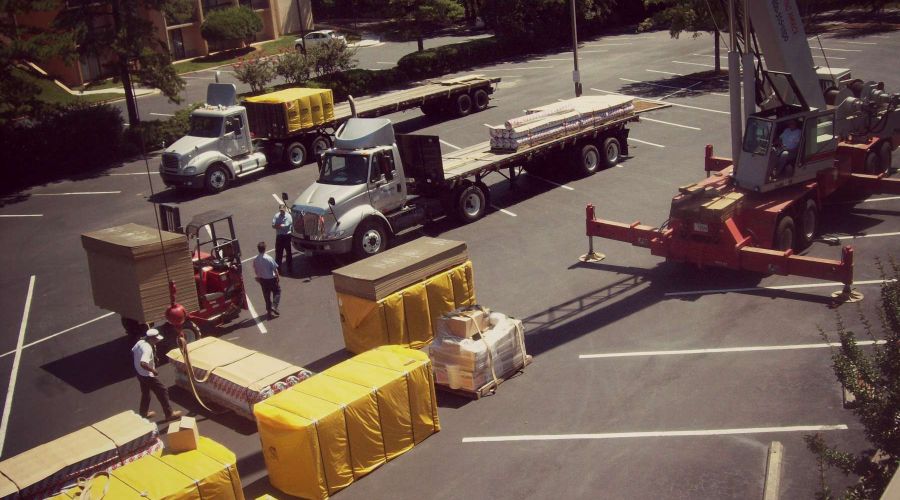
Elastomeric Coatings
